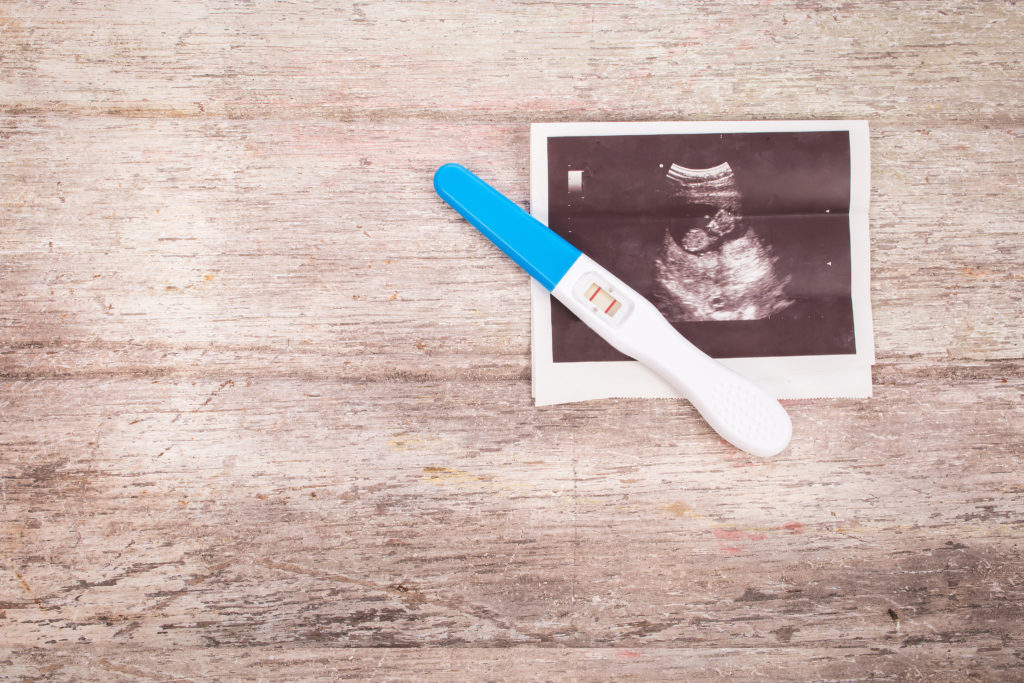Ultrasound is commonly used in pregnancy, with recommended scans at 12 weeks (nuchal translucency, although the option of a non-invasive prenatal testing can be an alternative) and 20weeks (morphology), dating scans can also be of assistance when conception and menstrual cycles are inconsistent. It is of enormous benefit when it comes to identifying viable pregnancies compared to ectopic or hydatid moles, identifying placental location or when multiple babies are present. There is limited evidence to support its use in humans, especially with machines evolving, improving imagery and measurements but at what cost to women and babies? While evidence is present for animals, the lack of current concerning side effects from its use since introduction means it is important to be clear for the reason for an ultrasound, and potential outcomes of its use when informing and advising women.

The clinical conditions that a third trimester ultrasound is primarily used for include:
- Growth of baby (increasing/decreasing)
- where measurements have changed throughout pregnancy, becoming significantly smaller or larger than expected
- in the event of twins or multiples
- Size of baby (small/large)
- where a mother is measuring “larger”, “smaller”
- where a mother has diabetes (Type I, II or gestational)
- where a mother is at risk of a shoulder dystocia
- Wellbeing of baby
- In cases of ongoing decreased foetal movements
- Pregnancies assisted by In vitro fertilization
- Pregnancies of women over 40years of age
- Where premature birth is likely/potential
- Fluid (oligo/polyhydramnios)
- where ruptured membranes has occurred in pregnancy
- where baby has a known anomaly impacting on amniotic fluid
- Anomalies – congenital disease, chromosomal defects
- Prediction of postnatal outcomes such as in hydronephrosis
Some of these reasons are based in evidence (mothers with diabetes), while others are based in care provider bias. Other clinical conditions/findings that may be detected through use of third trimester ultrasound often are inadvertent findings from the above list that weren’t initially being investigated, i.e. while looking at growth velocity of a baby/ies, a finding of polyhydramnios is discovered. Congenital anomalies are an infrequent but significant potential inadvertent finding of a third trimester ultrasound. The most frequent being urogenital, central nervous system, and cardiac based abnormalities. Another possible finding is that of a shortened cervix, the impact of which can cause significant stress to a mother.

Routine third trimester ultrasound has not been found to be of any benefit to low risk women physically or psychologically, it should only be offered when it provides valuable information that assisting with pregnancy, birth and postpartum planning. The validity of ultrasound use is poor across the board with sensitivity, specificity, and predictive values low when it comes to estimating weight and size of babies in ultrasound, it becomes more accurate when estimating babies >97% or under <3%. When foetal wellbeing is assessed, a definite goal should be determined, ultrasound has not been shown to improve pregnancy related anxiety or improve bonding unless there is underlying mental health concerns. Validity was also found to be variable and not to a high standard when it comes to assessing lung and placenta maturity for the birth of twins, amniotic fluid measurement validity is questionable, requiring high cut offs for adequate sensitivity and specificality (increasing false results) and appear to be influenced by factors such as maternal weight. Current research shows estimated foetal weights are valid for a limited time and operator experience plays a role in the accuracy of results.
Women need to be at the forefront of informed decision making, understanding each aspects discussed above. Women should be informed of evidence present or lacking around ultrasound and ever changing technologies utilized within this field, that it is subjective, dependent on equipment and technician skill. They should understand the reason an ultrasound requested by health professional . Otherwise, a thorough discussion regarding the reason a woman feels ultrasound is required should occur, ascertaining whether an ultrasound will address concerns, or whether another investigation is more appropriate, alternatively further discussion/debrief may be required. Ultrasound has become so commonplace and expected in the current maternity setting, it is important to reiterate with women that it is not the most appropriate tool for all pregnancy and baby concerns. Expected findings should be discussed but also potential inadvertent findings, as well as the relative risks associated with findings eg. 3.68 in 1000 women for fetal anomalies. It is important for women to understand that findings on ultrasound don’t determine outcomes, rather provide additional information moving forward and the validity of this information will be dependent on the reason for ultrasound.

